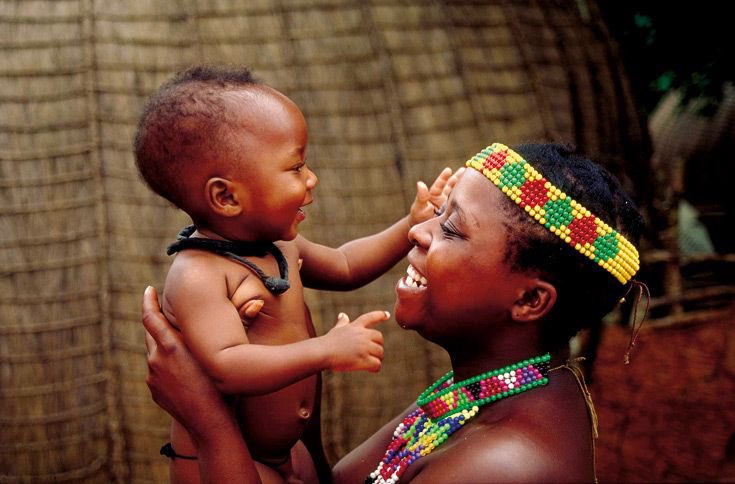By Thomas Sibanda – Mzala Tom
Once a woman advised her husband that she was pregnant, he had to slaughter a special goat for her. The skin of the goat was used to prepare a special maternity garment for the wife known as ingcayo.
In Ndebele culture, the birth ritual of the first child in the marriage commences with the woman leaving her husband during the ninth month of the pregnancy to go to her own parents’ home where a special room is prepared for her.
The floor of this room was polished with cow dung, ukusinda ngobulongwe benkomo. The room remained unoccupied until the time for delivery was very close. When it was clear to the elderly women that delivery could be expected anytime soon, the pregnant woman was ushered to the special birth room. The pregnant woman was accompanied into the room by her mother and grandmother and any other women assisting in the childbirth.
Culturally it was a taboo for men, including the woman’s husband to enter the room where the woman gave birth. Even before giving birth, a man could not enter the special room for any reason whatsoever.
A pregnant woman was also subject to many taboos. Some of the taboos are that she was not allowed to drink water whilst standing because once the child is born it would have challenges of being chocked all the time.
She was also not allowed to stand by the door as she was going into the house or out, as it was believed that the baby would do the same thing during the birth process and struggle to come out. A pregnant woman was also not allowed to tie anything around her waist as it was believed that the child would also be wrapped around by the umbilical cord.
Before touching the pregnant woman, the woman acting as midwife, usually the grandmother, had to wash her hands in water that contains herbs prescribed by a traditional healer. When the baby came out of the mother’s womb, the midwife was the first to touch the baby by cleaning the blood off with the medicated water.
The umbilical cord of the baby was then cut, but some of it was left hanging to its navel and tied with a string. The piece of the umbilical cord that is left hanging is known as inkaba. The midwife would then wash the baby again in the medicated water.
Before the baby was allowed to feed from its mother, while a fire was prepared in the room it was sleeping. Specially selected herbs were put onto the fire. The fire was allowed to reduce to burning coals. The baby was then awakened, and its head was placed in the smoke from the fire containing the herbs. The baby could be held over the fire for over an hour before being allowed to suck from the mother.
The next day, the same process of putting the baby in the smoke from the medicated fire was repeated, and this continued until the umbilical cord fell off. This could take up to a week. After the umbilical cord fell off, the baby was then recognised as a person and given a name.
The midwife was usually rewarded with a cow, a goat or a reed mat for her services. It was believed that, if that reward is not given, the midwife could suffer loss of sight. As a sign that the mother and baby have been incorporated into the community, people outside the room would then be called in to celebrate the birth by bringing gifts.
The woman had to go to the river to bathe in special herbs and afterwards come home and smear cow dung again in the room. Only after that could the father of the baby be allowed to see his child.
After the birth of the child is announced in the community, the women of the kraal would then bring special soft grass for the mother and child to sleep on. That grass was called izibi.
Follow the History & Heritage channel on WhatsApp for my pre-colonial Zimbabwean and Southern African History articles, pictures, video presentations, materials and links: https://whatsapp.com/channel/0029VaejGC3It5s2uGSYbL1r

